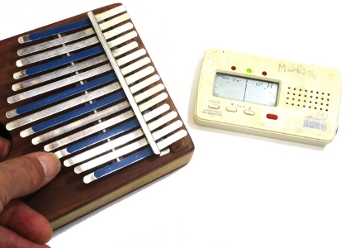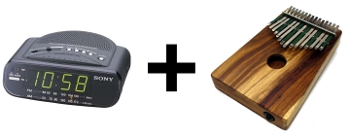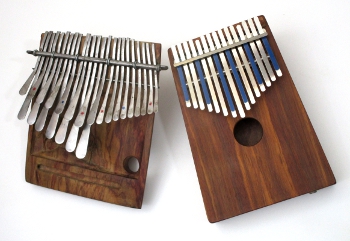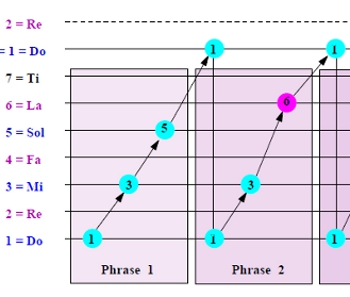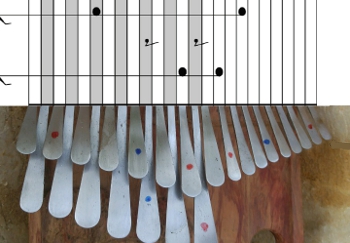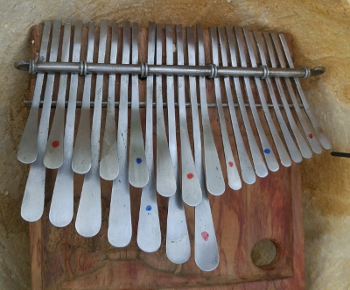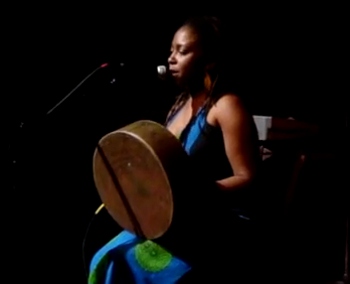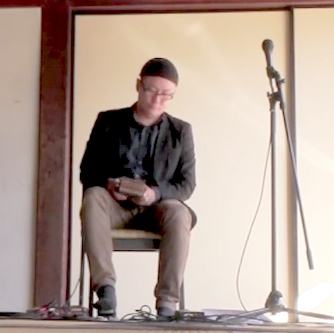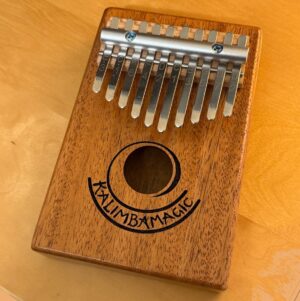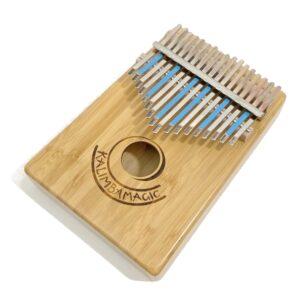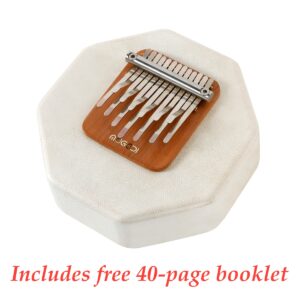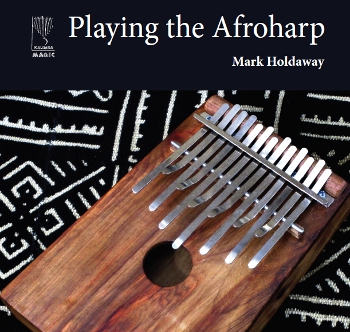
Afroharp Book Now Available
This book shows you how to make great music in the Afroharp tuning Buy the book “Playing the Afroharp” The Afroharp is a legendary 13-note, two-level kalimba created and manufactured for only a short period in late 1960s Chicago. This instrument plays sweet, hauntingly beautiful, harmonic music, and the Afroharp’s particular tuning is at the heart of the music it makes. The Afroharp is gone, with only a few floating around in the world. But Kalimba Magic has started building instruments in the Afroharp tuning, made from Hugh Tracey Alto kalimbas with electronic pickup – just as the original Afroharp had a connection for a “high impedance dynamic microphone”, as
